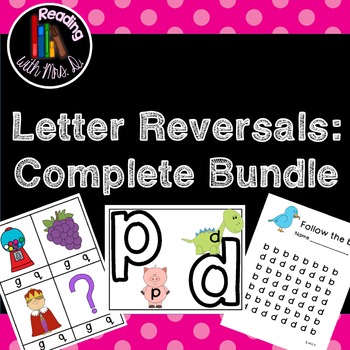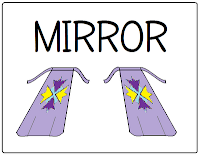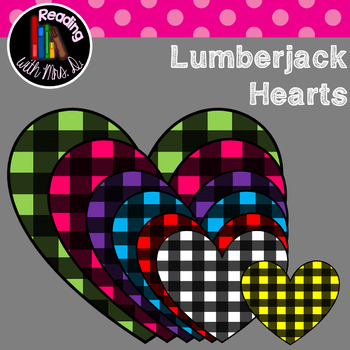Do any of you use WBT teaching skills in environments outside of your regular classroom? How?
Here is a question I will begin to seriously ponder now as the new school year begins.
Will I use WBT at Sunday School this year?
As in many other years, I have volunteered as a teacher at my church. I've taught every grade from Primary (Kindergarten) to six since I was seventeen years old, and this will be my third year teaching the grades 2/3 split.
What makes this year different is I hope to apply WBT techniques to my teaching so I am comfortable using them when I teach in public school again. I'll use them not so much for the awesome classroom management they promise, but for the student involvement and more in depth knowledge the skills will help them acquire.
WBT basics
I think
Class-Yes is something I can use, especially to call my class to attention as we settle into our seats, and during activity time to call them back to attention for our closing prayer.
I think
Teach-Okay is another skill I can use, but I'm not sure it will be as successful because we wouldn't be using it every week, and as weeks pass between using it, they may forget their roles. But I don't know... Have you successfully used it at church? Or would it be a good review after each lesson before we move into our activities?
I don't think
Scoreboard is appropriate for Sunday School, so I won't even attempt it.
I can see
Hands and Eyes being used occasionally, but I'll probably just stick with Class-Yes since our classes are so small and only calling them once to attention should be enough.
I'm most definitely going to use the
Mirror. I believe it will help to keep the students focused on that weeks Bible lesson since they sometimes tend to be long. I hope that by being more active during the telling of the story they'll be more able to tell their parents what we learned in class that day.
Switch is a skill I'll only utilize if I end up using Teach-Okay more than I expect to right now.
The five rules are wonderful, and since I usually have rules posted in my room, using WBT rules this year should be easy to substitute.
I actually stumbled across a set of AWESOME Christian based rule posters at
First Grade By the Sea by Pauline. Check them out and please follow her! I was going to design my own, but these are SOOO much better than I could make. Here's one:
I've also stumbled across a great resource from Chris Biffle of
Whole Brain teaching (that seems to end in dead links on the site) on the internet. It's called
A Whole Brain Life of Jesus, and offers gestures to help memorize 40 of the most important events of Jesus' life. I plan on teaching just the gestures that apply to the stories we teach this year, but hopefully just teaching these gestures will help my class remember them months later!
Do you have or have seen any other WBT resources appropriate for Sunday School? Please direct me to it. If I'm successful, I'd love to be able to teach my fellow teachers about WBT in the spring since most are not trained teachers, just faithful Christians trying to do right by our youth.
***********************************************************
Do you have an idea for a future post, or are interested in guest blogging or having me write a guest post? Please comment or email me!
Want to find awesome resources for your Early Childhood Education classroom?
Visit
Reading With Mrs. D on Teachers Pay Teachers
Facebook
Twitter
Pinterest
Today's featured resource:
Help support Reading With Mrs. D and our family. Join
Swagbucks and we can both earn money to spend on our kids!

























